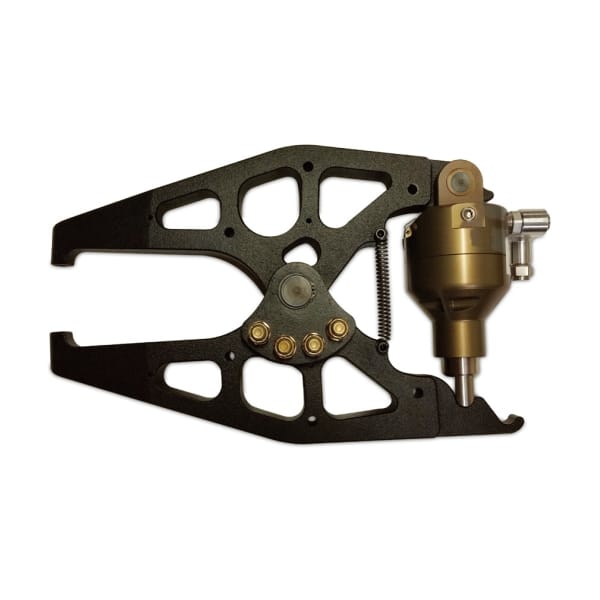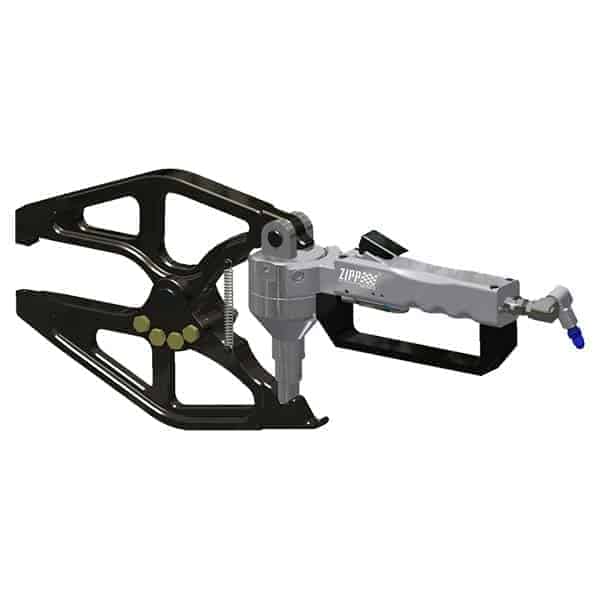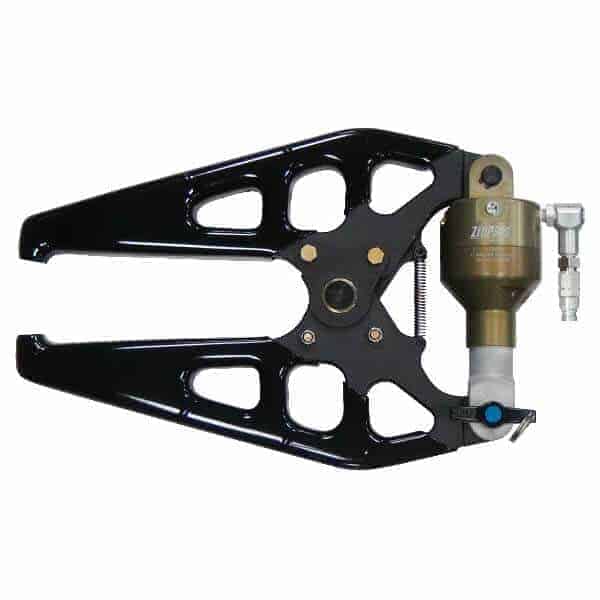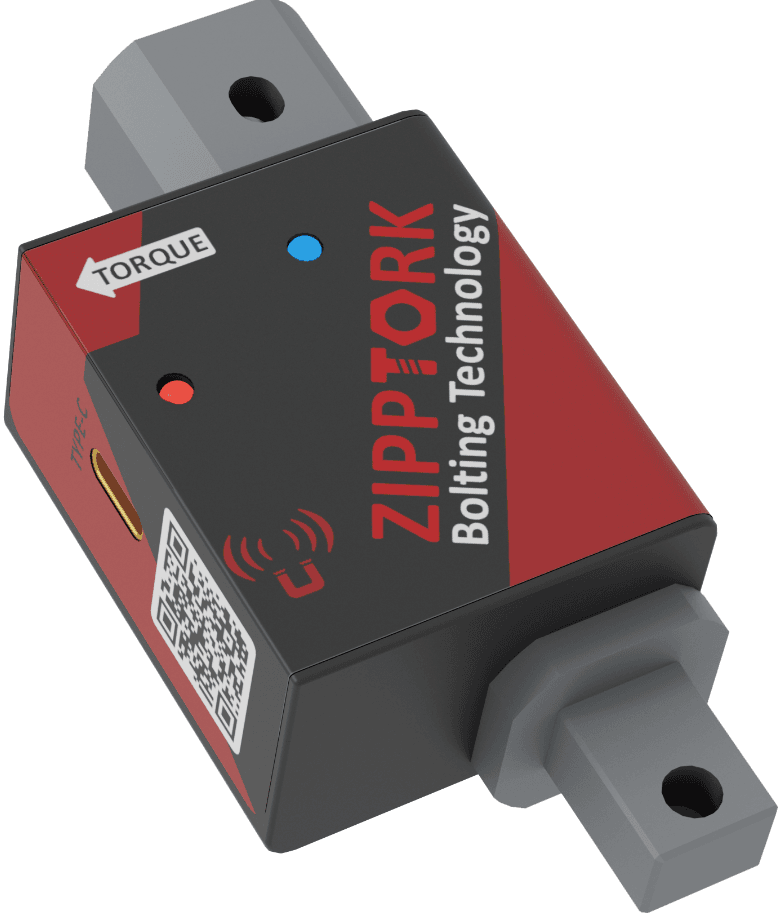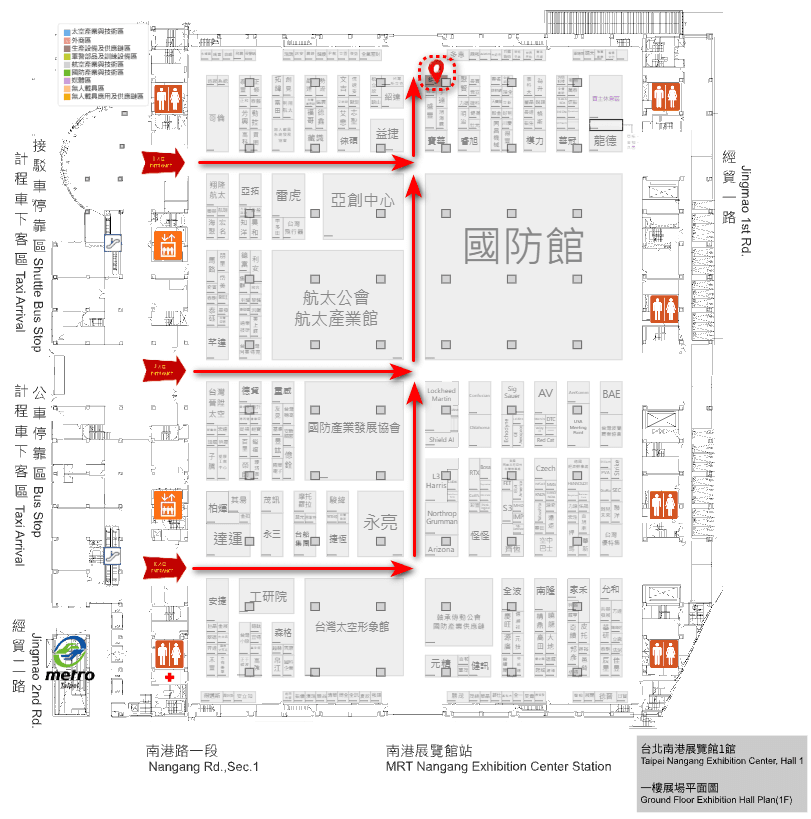How ZIPPTORK’s Wireless Rotary Torque Transducer Enables Real-Time Verification and Complete Data Collection
In modern manufacturing, torque accuracy is now essential rather than optional—it’s vital for ensuring product reliability, safety, and adherence to global quality standards. However, most factories still depend on traditional torque tools—impact wrenches, pulse tools, pneumatic tools, and many electric tools—that lack torque feedback and data traceability.
ZIPPTORK’s Wireless Rotary Torque Transducer (TTES / TTEB / TTAS / TTEH Series) completely transforms this. By connecting directly between the tool and the fastener, it turns any legacy torque tool into a smart, transducer-equipped, data-driven device, allowing for torque verification, real-time measurement, process monitoring, and automatic data collection on every fastening cycle.
1. Real-Time Torque Verification—Directly on the Production Line
Traditional calibration checks require removing the tool from the assembly line and testing it on a bench tester, which only verifies performance at that moment. But ZIPPTORK’s wireless rotary torque transducer performs in-line verification during actual tightening operations.
How it works
- Installed between the tool and the socket/bit.
- Measures torque during real fastening (including dynamic torque profiles of impact and pulse tools).
- Sends real-time data wirelessly (BLE/RF) to a controller, gateway, or PC.
This provides:
- Instant verification that the tool is delivering the correct torque.
- Immediate detection of calibration drift or mechanical issues.
- Data to validate every single fastener, not just sample checks.
With ZIPPTORK, torque verification becomes continuous—not periodic.
2. Complete Data Collection for Every Task and Every Fastening
Many industries (automotive, aerospace, heavy equipment, energy) now require 100% traceability for critical joints. ZIPPTORK’s transducers make this possible without replacing existing tools.
What data can be collected from every tightening?
- Peak torque
- Angle (optional with integrated angle encoder)
- Torque curve profile
- OK/NOK judgment
- Time Stamp
- Operator ID and station ID
- Cycle count and tool performance trend
Where the data goes
ZIPPTORK’s wireless transducer can connect to:
- ZIPPTORK Torque Controller (TCA / TCB / TCC)
- ZIPPTORK TMS Software (Torque Management System)
- MES/ERP/QMS systems through APIs
- Cloud dashboards or factory IIoT analytics platforms
This turns every fastening point into a source of actionable manufacturing data—critical for Industry 4.0.
3. Upgrade Any Existing Torque Tool into a Transducerized Smart Tool
Most torque tools on the market—air impact wrenches, hydraulic torque wrenches, pulse tools, and many DC tools—are not transducerized, meaning they provide no torque feedback.
ZIPPTORK changes that.
Compatible tool types
- Pneumatic impact wrenches
- Pneumatic pulse tools
- Air ratchets
- Cordless impact wrenches
- Cordless assembly tools
- Manual torque wrenches
- Torque multipliers / Nutrunners
- Hydraulic torque wrenches
Immediate upgrade benefits
With one installation:
- The tool becomes a torque device with built-in feedback.
- The factory can perform accurate torque verification during production.
- Every fastening is automatically recorded.
- No need to buy expensive transducerized DC tools.
This approach dramatically reduces investment costs while maintaining (or improving) data traceability.
4. Improving Production Quality and Reducing Rework
Using ZIPPTORK’s wireless rotary transducer directly improves production efficiency and quality control.
Key benefits
- Eliminates quality escapes by catching torque deviation immediately
- Reduces rework and warranty claims through full traceability
- Identifies worn tools early through torque signature analysis
- Accelerates root-cause analysis with detailed torque curves
- Supports certification & compliance (ISO 5393, VDI/VDE, automotive standards)
For global OEMs and Tier 1 suppliers, these benefits directly translate to lower costs and more stable production.
5. Plug-and-Play Integration with Industry 4.0 Systems
ZIPPTORK’s wireless transducer is engineered for modern connected factories:
- Supports BLE 5.0, RF proprietary, and optional Wi-Fi gateways
- Low power consumption for over 8 hours of operation
- Highly impact-resistant design for use with pulse and impact tools
- Compact modular mechanical design fits various tool sizes
The transducer becomes a smart sensing node within the customer’s IIoT network—turning raw torque processes into valuable, analyzable data streams.
6. A Practical Upgrade Path for Manufacturers Worldwide
Instead of replacing their entire fleet of pneumatic or cordless tools with expensive DC transducerized tools, manufacturers can:
Option A: Keep existing tools
Option B: Add ZIPPTORK Wireless Rotary Transducers
Result: Achieve complete digitalization and torque traceability at a fraction of the cost.
This makes ZIPPTORK a powerful solution for:
- Automotive final assembly
- Heavy machinery
- Truck and bus manufacturing
- Aerospace MRO
- Wind turbine construction
- Industrial equipment assembly
- Any critical bolting process
ZIPPTORK’s Wireless Rotary Torque Transducer is more than a measurement device—it is a complete, innovative tool upgrade platform. By providing real-time torque verification and comprehensive fastening data, it converts traditional torque tools into intelligent, connected, transducerized tools suitable for modern Industry 4.0 environments.
Factories gain a practical, cost-effective path to achieving:
- Full traceability
- Better quality control
- Reduced downtime
- Data-driven process optimization
And most importantly: every fastening becomes verifiable, recordable, and trusted.

